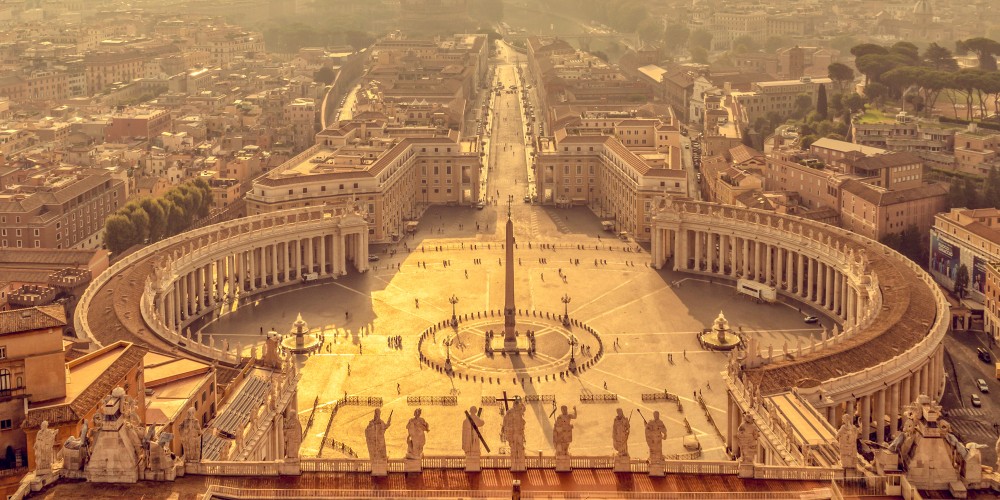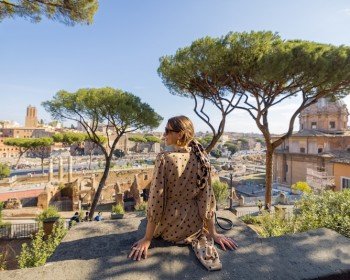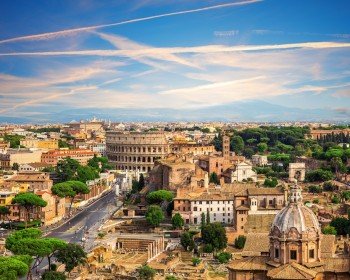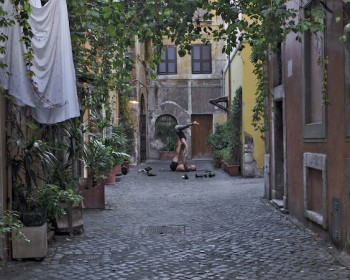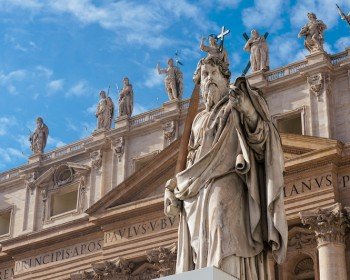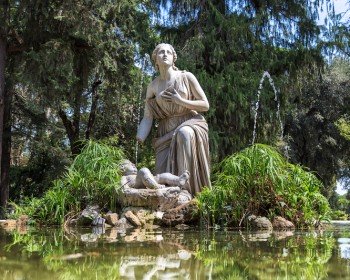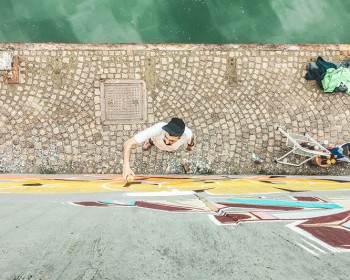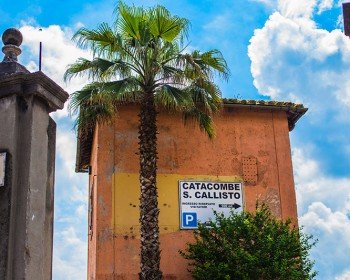Saint Peter, also known as Simon Peter or simply Simon, was born in 1st century BC in a small town between Israel and Syria. His original name, which means “the one who listens to” was soon turned into Peter during the years he spent alongside Jesus.
Being one of the twelve apostles, he performed a significant role in Christianity development so that his essential influence it is worldwide recognized and witnessed by the great amount of Holy places named after him.
Discover our Vatican Private Tour
St. Peter moved soon to Capernaum, a small town in Israel, working a fisherman. Together with this brother Andrew, one of the twelve apostles too, he decided to join Jesus on the Sea of Galilee: this key episode is recounted in the calling of the disciples.
During the years Peter spent faithfully by the side of Jesus, he publicly expressed his support and firm belief in Christianity, especially in the episode of his Confession, described in the New Testament.
“And I say also unto thee, That thou art Peter, and upon this rock I will build my church; and the gates of hell shall not prevail against it. And I will give unto thee the keys of the kingdom of heaven.” (Matthew 16:18)
From this moment on, Simon will be named Peter, meaning stone or rock, as he had been appointed the first Pope, beginning a thousand years old papacy. For this reason, the marvellous St. Peter Basilica, Rome iconic symbol, bears the same name.
Although he was a devoted follower of Christian faith, Jesus predicted Peter that we would have disowned him 3 times and so he did when Jesus was arrested.
After Jesus crucifixion and death, Peter travelled to Rome between 42 and 54 AD, during Claudius and Nero Emperor’s reign. In the Eternal City, he managed to spread the faith more and more but this brought him enemies belonging to the wealthy social classes as well. For this reason Peter decided to ran away.
During his escape from Rome, when he was walking along the Appian way, Peter met again Jesus, who was bringing along with him his cross. Then Peter asked Jesus “Domine, quo vadis?” which in Latin means “Lord, where are you going?”.
The only answer he got was that his destination was Rome, and that he was going there to be sentenced to death once again. This unexpected meeting made Peter change his mind, so he came back to Rome with the aim of being crucifixed in the place of Jesus. Today, it is still possible to admire the stunning Quo Vadis Church along the Appian way that stand still to remember this episode.
At that time, Emperor Nero ordered to prosecute all Christians and Peter got arrested together with Apostle Paul. The location where they were imprisoned is Mamertine prison, the most ancient prison in town, located between Roman Forum and Venice Square. Here, the 2 apostles spent their last days before being mercilessly killed. According to traditions, Emperor Nero ordered Peter to be crucified upside down, to give him even more pain than the one Jesus felt. Unfortunately, there are no proof about the exact date of his death, but Christians decided to remember Apostle Paul and Peter on June 29th. Today, June 29th is a bank holiday in Rome and Vatican.
During XX century, Pope Pius XII ordered to make investigations and excavate under St. Peter’s Basilica, however, no one ever attempted to do this before both because they were afraid of possible collapses of the sacred Basilica above and to desecrate such a holy place. The excavations kept on going even during World War II and eventually they came to an end when archaeologists found out the Old Basilica built under Emperor Constantine I and the ancient Vatican Necropolis. Incredibly well preserved graves, breathtaking frescoes and graffitos with the names of Jesus, Mary and Peter came to light near Peter’s Tomb that dates back over 2000 years.
Apostle Peter performed undeniably a central role in Christian religion development in Rome and these are only some of the most representative locations that witnessed his presence here.
Contact us to make your customized itinerary and follow the footsteps of St. Peter.
